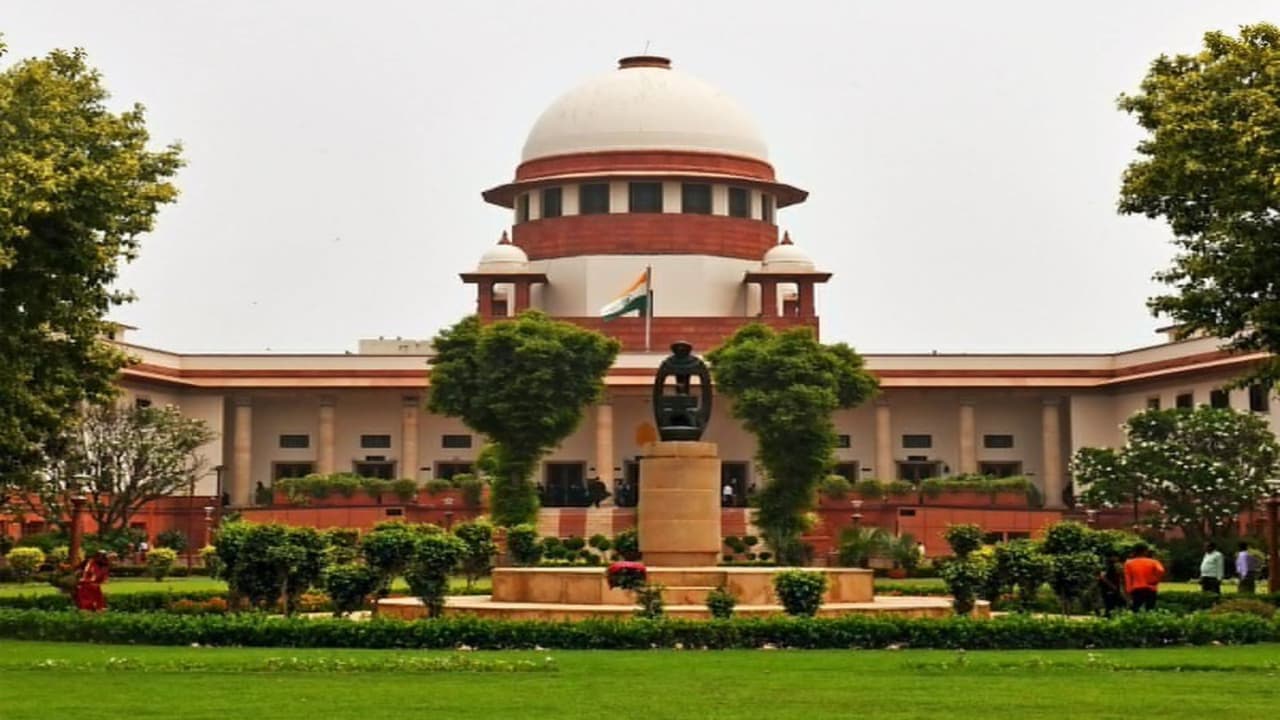Delhi AQI: During Diwali in Delhi, only 9 out of 37 air quality monitoring stations were functioning, due to which the Supreme Court raised the question that how rules like GRAP will be implemented without accurate data. The court has ordered CPCB-CAQM to submit the report.
Supreme Court on Delhi Pollution: After Diwali, Delhi’s air has once again become poisonous. When the air quality in the capital reached ‘Very Poor’ category on Monday, a shocking information came to light in the Supreme Court that out of 37 air quality monitoring stations in Delhi, only 9 were functioning. Now the big question is that when air monitoring is not being done properly, then how will GRAP (Graded Response Action Plan) be implemented? Taking a strict stance on this, the Supreme Court has directed the Commission for Air Quality Management (CAQM) and the Central Pollution Control Board (CPCB) to take immediate action.
Poison in the air, system ineffective
During the hearing in the Supreme Court on Monday, senior advocate Aparajita Singh drew the attention of the court towards this serious negligence. He said that many air quality monitoring stations in the capital were non-functional during Diwali. He said, ‘If the stations are not functioning, how will we know when to implement GRAP?’ His argument was that until the data is not obtained correctly, no concrete steps can be taken to control pollution. He urged the court to direct CPCB and CAQM to take preemptive action, so that the situation can be rectified before it becomes serious.
Supreme Court order
CJI BR Gavai, who was hearing the case in place of Chief Justice DY Chandrachud, said agencies should not wait for the air to reach severe levels before taking action. The court said, ‘CPCB and State Pollution Control Boards should continuously monitor the air quality between October 14 and 25 and file daily reports.’ The court also directed that ‘in areas where there is more pollution, samples of sand and water should be taken and analyzed.’
Green crackers allowed on Diwali, but reality is different
The Supreme Court had given permission to burn green crackers on Diwali this year, that too only from 8 pm to 10 pm, but the reality was that fireworks continued till late night in the capital, due to which the next day the air level reached the worst level in four years.
What is the AQI in Delhi today?
On Monday morning, Delhi’s total AQI was recorded at 316, which falls in the ‘very poor’ category. Readings above 300 were found at 28 monitoring stations, which is considered extremely dangerous for health.
What is GRAP and why is it important?
GRAP (Graded Response Action Plan) is a phased plan to control air pollution in Delhi-NCR. As air quality deteriorates, different levels of GRAP are implemented. In Moderate to Poor, burning of garbage is banned and road cleanliness is increased. In very poor areas, generators are switched off and parking fees are increased. In Severe, steps like closing schools and stopping truck entry are taken and in Severe+ (Emergency), a ban on construction work and work from home is implemented in offices. But when the monitoring stations themselves are bad, how will it be decided at what level the air is and what action should be taken?
Read this also- Delhi Air Pollution: Delhi choked in smog, air from Anand Vihar to Lodhi Road becomes ‘poisoned’!
Read this also-Attention Weak winds made Delhi a gas chamber – AQI reached 366, difficult to breathe
